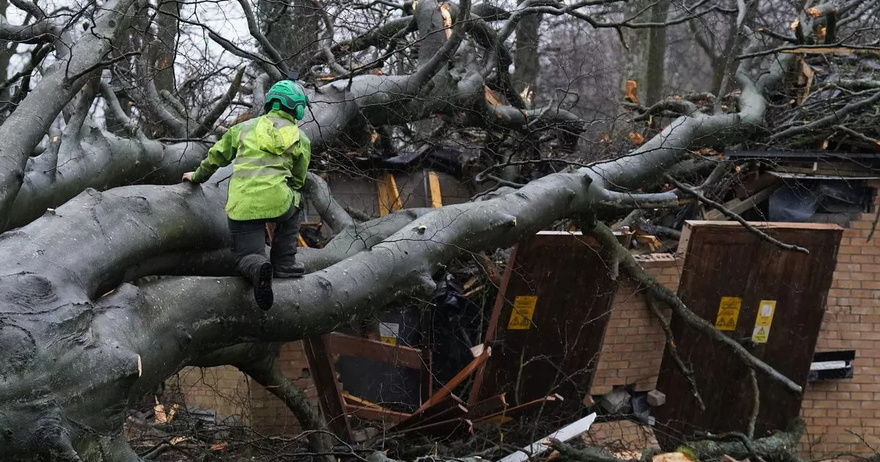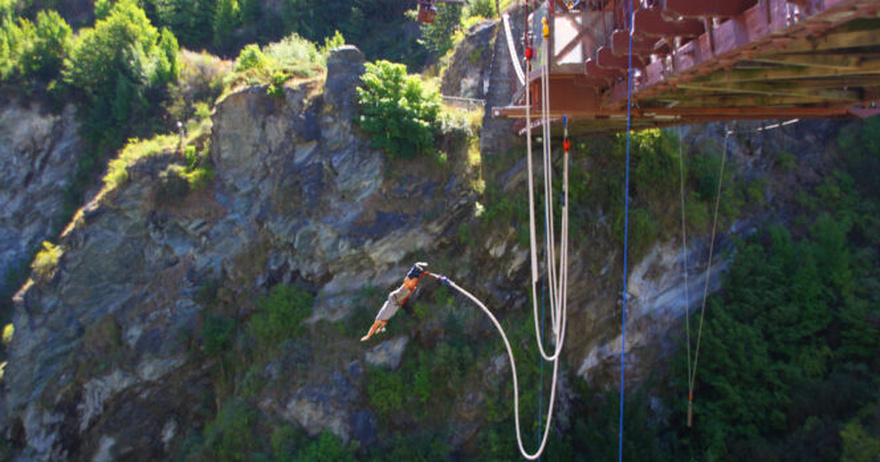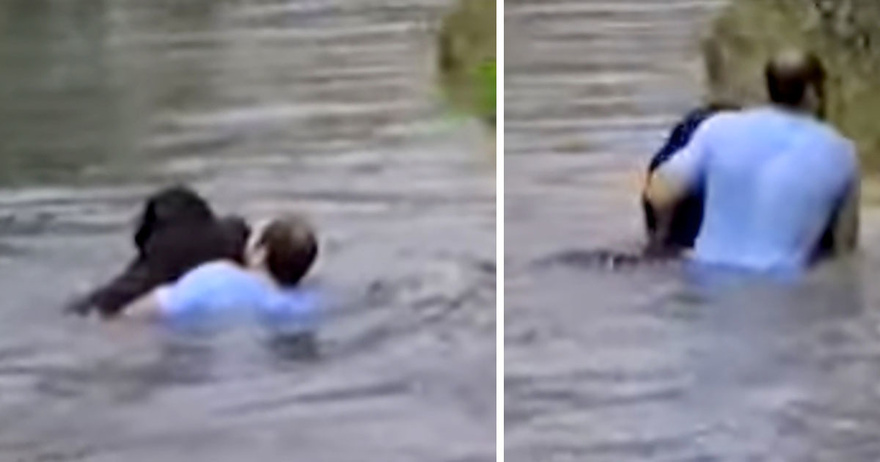An amber warning for wind has been issued for parts of the UK with the arrival of the fourth named storm of the season.
Storm Darragh has been named and is expected to bring gusts of up to 80mph late on Friday and into Saturday. The warning for “potentially damaging” winds is in place for the west coast of the UK from South Ayrshire in Scotland down to Cornwall, as well as in Northern Ireland, and is in place on Saturday from 3am until 9pm.
A separate yellow warning for wind has been issued for much of England, Wales and southern Scotland from 3pm on Friday until 6am on Sunday. The Met Office has listed the risks Brits could face due to the storm, which include power cuts, damage to buildings, flying debris and travel disruption.
The national weather service said there is “a good chance” that power cuts may occur due to the storm, and this could also affect other services such as mobile phone coverage. Forecasters also warned that some buildings could be damaged, including having tiles blown from roof.
Another issue the storm could bring is travel disruption, with journeys taking longer than usual and the possibility of cancellations to road, rail, air and ferry services. The Met Office also said: “Flying debris is likely and could lead to Injuries or danger to life.”
Due to the storm, some roads and bridges are likely to close, the Met Office added, with falling trees posing an additional hazard. Coastal areas could be hit by large waves and “beach material” could be thrown onto roads, sea fronts and properties, causing injuries and danger to life, forecasters warned.
To help people around the country prepare, the Met Office shared some tips such as protecting your property from damage and other people from injury by checking for loose items – including bins, plant pots, garden furniture, trampolines and sheds – and securing them in high winds.
Since windy weather can cause delays and make driving conditions dangerous, motorists are also urged to plan their route carefully, checking for delays and road closures. Drivers are also urged to carry essentials with them, such as warm clothing, food, drink, a blanket and a torch, as well as a charged mobile phone with an in-car charger or a battery back.
Driving in these conditions can be dangerous, so it’s important to drive slowly, be cautions while overtaking high-sided vehicles or caravans, hold the steering wheel firmly and give cyclists, motorcyclists, lorries and buses more room than usual. Those in coastal areas are urged to check the forecasts and tides, be aware of large waves and be particularly careful if walking near cliffs.
Generally, people are urged to stay indoors as much as possible and, when out and about, avoid walking or sheltering close to buildings or trees. Mike Silverstone, deputy chief meteorologist at the Met Office, said: “While there is still uncertainty about the track and depth of the low pressure, Friday night and Saturday will be wet and very windy across parts of the UK.
“Some model solutions have the low pressure further north and much deeper, bringing very strong winds and heavy rain, whilst other model solutions have the low pressure further south and not as deep, still bringing unsettled weather but not as impactful.” He continued: “A Yellow National Severe Weather Warning for wind and rain has been issued for the whole of Wales and England from Friday afternoon to Sunday morning.
“The highest accumulations of rain may occur in northern Wales and northern England, where up to 50-70mm of rain may fall. More widely 15-25mm of rain is possible across the warning area. Gusts of up to 80mph are possible around western coasts, with 40-60mph gusts more widely across the warning area. Some further hill snow is possible in the north above 200m.
“Given the potential for disruption from this system, it is important to keep up to date with the latest forecast. National Severe Weather Warnings are likely to be updated as certainty around the unsettled weather increases.” Storm Darragh comes just a week after Storm Conall brought heavy rain to parts of southeast England, triggering flooding that blocked key rail lines.
Wendy’s Reacts to Backlash Over Joke About Leaving Katy Perry in Space: ‘Always Bring a Little Spice’
Michael Bublé Is Living The Good Life With His Family In A Multi-Million Dollar Mansion In His Hometown.
Dolly Parton’s best duet yet: ‘There Was Jesus’
Grooving Groom Daniel Lewis’s Epic Dance Entrance With His Boys Makes Wedding Goes Viral.






























